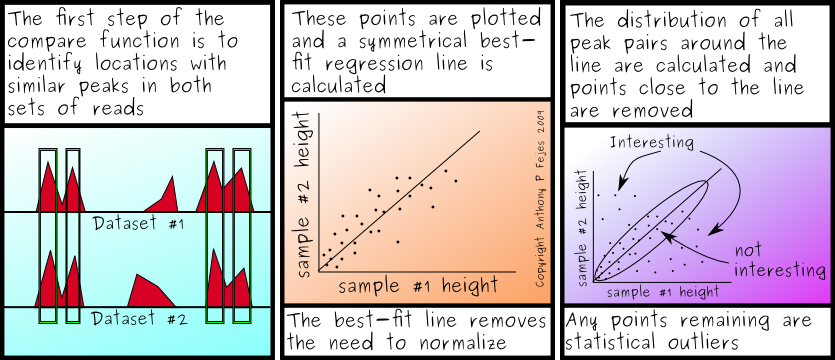Wolfram Alpha recreates ensembl?
Anyhow, I just received a link [aka spam] from Wolfram Alpha, via a posting on linked in, letting me know all about their great new product: Wolfram Alpha now has genome information!
Somehow, looking at their quick demo, I'm somewhat less than impressed. Here's the link, if you'd like to check it out yourself: Wolfram Alpha Blog Post (Genome)
I'm unimpressed for two reasons: the first is that there are TONS of other resources that do this - and apparently do it better, from the little I've seen on the blog. For the moment, they have 11 genomes in there, which they hope to expand in the future. I'm going to have to look more closely, if I find the motivation, as I might be missing something, but I really don't see much that I can't do in the UCSC genome browser or the Ensembl web page. The second thing is that I'm still unimpressed by Wolfram Alpha's insistence that it's more than just a search engine, and that if you use it to answer a question, you need to cite it.
I'm all in favour of using really cool algorithms and searches are no exception. [I don't think I've mentioned this to anyone yet, but if you get a chance check out Unlimited Detail's use of search engine optimization to do unbelievable 3D graphics in real time.] However, if you're going to send links boasting about what you can do with your technology, do something other people can't do - and be clear what it is. From what I can tell, this is just a mash-up meta analysis of a few small publicly available resources. It's not like we don't have other engines that do the same thing, so I'm wondering what it is that they think they do that makes it worth going there for... anyone?
Worst of all, I'm not sure where they get their information from... where do they get their SNP calls from? How can you trust that, when you can't even trust dbSNP?
Anyhow, for the moment, I'll keep using resources that I can cite specifically, instead of just citing Wolfram Alpha... I don't know how reviewers would take it if I cured cancer... and cited Wolfram as my source.
Happy searching, people!
Labels: Algorithms, biology, Genomics, Software


